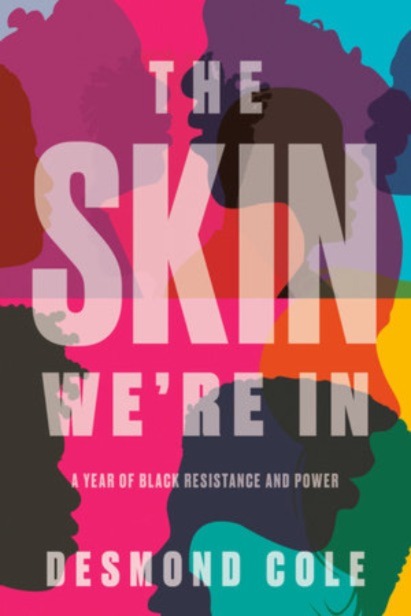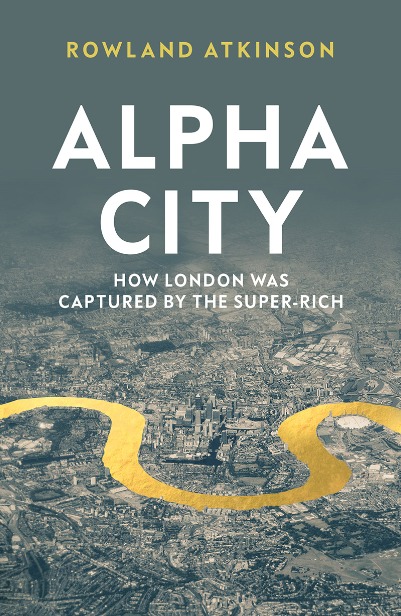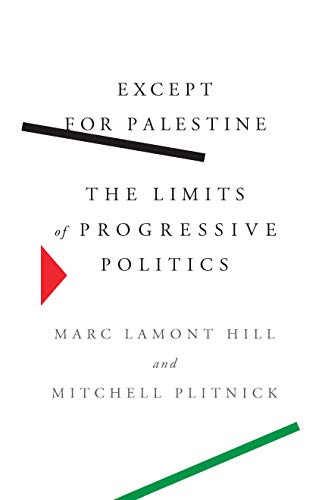The Architecture of Red Vienna 1919 – 1934, Eve Blau, MIT Press, 1999, pp. 510, ISBN: 9-780-262-024518
Scattered around Vienna are the remnants of the 400 Weiner Gemeindebauten, communal housing blocks built by the Social Democratic administration that governed the city between 1919 and 1934. These remain the most enduring achievement of Red Vienna. In an otherwise conservative, clerical, and anti-socialist country veering towards Nazism, mayors Jakob Reumann and Karl Seitz implemented a radical building program to house large masses of unemployed workers and ex-soldiers. Previously, these workers had inhabited some of the worst quarters in Europe, monopolistically controlled by landlords and increasingly unaffordable. In total, 64 thousand housing units were built in which one-tenth of the total Viennese population, or 200 thousand people, lived. These tenants paid less than 3.5% of the average semi-skilled worker’s income to the municipality, which used the rent to cover the costs of maintenance and repair.
Eve Blau, a Harvard Professor in History and Theory of Urban Form, wrote The Architecture of Red Vienna over 20 years ago. Still, its encyclopedic coverage of the rise and fall of Red Vienna’s urban reconstruction under a socialist municipal government remains engaging and revealing. Framing the story using the theoretical insights of Lefebvre and Soja, she sought to contextualize the architectural development of Red Vienna within the broader setting of ideological conflicts that defined Austrian politics of the time, showing how material structures arose out of and related to them. As she states, “space is historically produced and therefore both shapes and is shaped by social practice.”
The building program was integral to the creation of a new socialized working-class culture, as these sites contained not only living quarters but also a range of public facilities that the community used. Inhabiting these socialized public spaces facilitated the development of working-class consciousness, as the ideological conflict was built inside the very foundations of the structures and the lives they supported. To build them, the planners purposely employed labour-intensive methods to create employment. Hundreds of architects, artists, artisans, and labourers collaborated to break away from the architectural traditions that dominated the continent. Effectively, the administration of Red Vienna managed to transpose a site of production from a factory to a place of residence, which further allowed workers to share their class experience.
The politics of Red Vienna were underpinned by the Austro-Marxist idea of finding the middle ground between socialism and social democracy (exemplified by the creation of 2½ international seeking to reconcile the differences between the 2nd and the 3rd). Austro-Marxists believed that capitalism could be reformed into socialism and that praxis constituted a slow interaction between cultural values and politics. By engaging in Austrian politics and by implementing cultural reforms, it was believed that a humanized working-class society could develop. An opportune moment arose at the end of World War I when the disintegration of the Habsburg Empire gave way to mass strikes, shortages, and unrest that only a party supported by the working class could control. At the time of the Bolshevik Revolution, uprisings in Hungary and Bavaria and mutinies of the Austrian Army, the Habsburg administrators had to rely on the Social Democrats to prevent a revolution. In 1919, the first national elections were held, and the Social Democrats won 41% of the seats, with their support coming mostly from Vienna, while the religious Christian Socialists swept the provinces.
By the end of 1919, the Social Democrats retreated to Vienna and established their stronghold there, with Vienna eventually becoming its own state within a federal Austria. Immediately, they set implementing a comprehensive social program that relied on tax reform and reorganization of the city’s finances. Municipal socialism relied on strong institutions that covered all aspects of public life, which were crucial in effecting the reform program. With the increase in numbers of homeless people settling in “wild settlements,” there was a pressing need to find a solution. By 1921, there were 30 thousand squatter households on city lands. Those who did have a roof above their heads often found themselves in overcrowded dwellings. In 1910, for example, almost half of the total population of Vienna lived in overcrowded homes.
To address this fast descent into poverty and destitution, the City at first relied on the federal Rent Control Act of 1922 (enacted by the conservatives), which expropriated landlord profits beyond a set basic rent level. In addition to that, in 1923, the city introduced the housing construction tax, which taxed rent itself. Based on the space rented, this tax meant that those inhabiting the most space paid the most rent, so that “the 90 most expensive rental properties paid as much tax as the 350,000 least expensive.” Coupled with a slew of other taxes targeting the rich, such as a tax on capital gains, investment income and luxury, the City was able to finance its building program. Vienna spent around 20% of its annual revenues on construction. The newly built apartments were explicitly earmarked for workers and were a third bigger than the pre-war built homes.
Using tax policies to depress land values, zoning laws and expropriation, Red Vienna owned one-third of its area by 1931. In this area, the robust municipal machinery was deployed to build under the auspices of the City Building Office. The City supplied the material produced largely by the City-owned plants, which were expropriated in 1918 and 1919, and contracted labourers were employed to build the sites. The material was purchased in an open market, but the sheer size of the orders decreased the costs. The material was then delivered to the sites mostly by City-owned trucks.
The centralized government decided to build “victorious worker housing” on the City’s periphery, dissolving the traditional divide between the worker inhabited public core and more affluent periphery. Blau notes that the proletariat and organized labour appropriated traditionally capitalist conceptions of the city such as unity, largeness of scale, monumentality and coherence. Within these large apartment blocks, the dwellings were to have “two full-sized rooms…living room/kitchen…adequate light, air and sunshine” and were to be fitted with “labour-saving equipment,” as well as flush toilets, built-in closets and cabinets and of course, running water. The City even created bureaus to help tenants appropriately furnish their homes and sponsored exhibitions showcasing proletarian living. Although the apartments appeared standardized, the officials left the personalization of the homes to the tenants. The rent was capped at between 1.5 cents and 7.5 cents per square meter depending on the total cost required for operating the complex, which also included adjustments for the distance from transportation, the desirability of the location, distance from areas of work and equipment required to maintain it. For the majority of residents, the rent was 85 cents for a dwelling consisting of a living room, bedroom and kitchen.
Since the demand still outstripped the supply of these homes, the administration adopted a points-based system to allocate the apartments, with those evicted, disabled and whose current dwelling was unfit for occupancy carrying the most points. Distance from the place of work also contributed points. Persons with 10 points or more were placed in the category requiring urgent assistance. The City, therefore, developed its housing infrastructure based on social need rather than economic imperatives.
Municipally built apartment blocks provided private living space and public facilities that fostered proletarian culture. I had the pleasure of seeing one of the standing monuments to Red Vienna in 2017 when I visited Karl Marx Hof. Built in 1930, the complex stretched over an area of 156 thousand square meters and housed 5 thousand people in 1400 apartments. Its façade 1.2 kilometres long, this continuous building nestled its central park where I stood in awe at the complex. Although now long extinct, at the time, this building had “two central laundries, two communal bathing facilities with tubs and showers, a dental clinic, maternity clinic, a health insurance office, library, youth hostel, post office, a pharmacy, and twenty-five other commercial premises.” Visible from afar and towering over the city, as Blau points out, ”Karl Marx Hof became the icon of Red Vienna because its elemental forms and colours most embodied the idea of Red Vienna.” A building, therefore, became a political statement. Complexes such as this were built around Vienna with the participation of municipal and private architects, and Blau engages in lengthy theoretical discussions on various architectural schools of thought which influenced their design.
Red Vienna’s architectural solutions to homelessness and destitution were criticized for their eclectic style, or “architectural form-chaos,” and “unconnected design solutions.” Where ones saw chaos, others saw pluralism representative of Red Vienna’s liberalism. Be it a lack of policy or a vision for socialized humanity, the City gave form to its politics. Combined with the efforts to raise working-class consciousness through education and political engagement, the Social Democratic Party engaged in an experiment to transform the Viennese society. It is no surprise then that when Fascist hordes overtook the city, they fired their shots at Karl Marx Hof.




